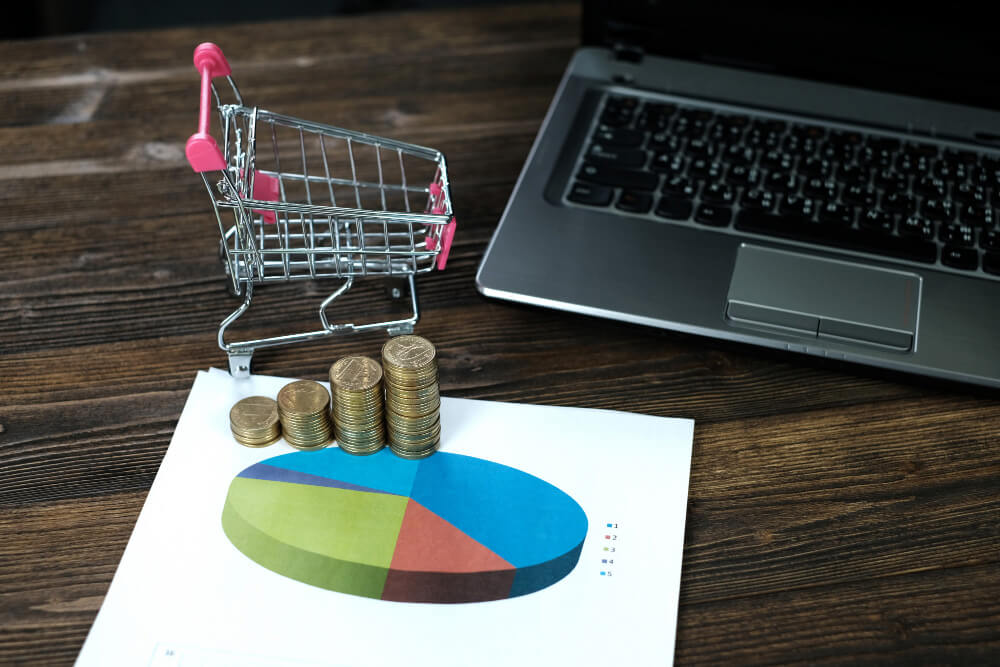With the pandemic leading to an unprecedented surge in online shopping, e-commerce has become a major force in the retail industry. E-commerce online sales account for over 15% of total retail sales in the United States in 2021.
However, e-commerce also comes with the challenge of managing product returns, which can have significant financial implications for businesses. In the USA, e-commerce product returns have been on the rise, and brands are facing substantial costs associated with returns. According to the National Retail Federation, the average return rate for online orders is 25%, which is three times higher than the return rate for in-store purchases.
The cost of e-commerce product returns can be significant. The direct costs of returns include shipping, restocking, and processing fees. The indirect costs of returns include lost sales, damage to inventory, and customer dissatisfaction.
The cost of e-commerce product returns can be significant. The direct costs of returns include shipping, restocking, and processing fees. The indirect costs of returns include lost sales, damage to inventory, and customer dissatisfaction.
Product returns involve many costs, including shipping and handling, restocking fees, and potential loss of revenue. According to a study conducted by CBRE, a real estate services and investment firm, returns can cost retailers up to 20% of their total revenue. For example, if a retailer has $1 million in sales, returns could cost them up to $200,000. These costs are not limited to the retailer alone but are also borne by the shipping and logistics companies that handle returns.
The indirect costs of e-commerce product returns can also be significant. Lost sales are a major indirect cost of returns. When a customer returns an item, the retailer loses the sale of that item. In addition, the customer may be less likely to shop with the retailer again in the future.
Damage to inventory is another indirect cost of returns. When items are returned, they are often damaged in transit or by the customer. This damage can reduce the value of the inventory and make it more difficult to sell.
Customer dissatisfaction is another indirect cost of returns. When customers have a negative experience with a return, they are less likely to shop with the retailer again in the future. In addition, they may be more likely to share their negative experience with others, which can damage the retailer’s reputation.
There are a number of things that retailers can do to reduce the cost of e-commerce product returns. One of the most important things is to make it easy for customers to return items. This includes offering free shipping on returns, providing clear return instructions, and making the return process as simple as possible.
Retailers can also reduce the cost of returns by improving their product descriptions. Accurate and detailed product descriptions can help customers make informed decisions about their purchases, which can reduce the number of returns.
Finally, retailers can reduce the cost of returns by working with their suppliers to improve the quality of their products. Products that are well-made and durable are less likely to be returned.
By taking these steps, retailers can reduce the cost of e-commerce product returns and improve their bottom line.
In addition to the financial costs, e-commerce product returns can also have a negative impact on the environment. When items are returned, they often end up in landfills or incinerators. This can contribute to pollution and greenhouse gas emissions.
There are a number of things that retailers can do to make e-commerce product returns more sustainable. One of the most important things is to offer recycling and donation programs for returned items. This allows customers to recycle or donate unwanted items, which keeps them out of landfills.
Retailers can also make their packaging more sustainable. By using recycled materials and designing packaging that is easy to recycle, retailers can reduce the environmental impact of their product returns.
By taking steps to reduce the cost and environmental impact of e-commerce product returns, retailers can improve their bottom line and do their part to protect the environment.
NextBee’s Product Returns Slasher has been designed with years of research. Our platform helps e-commerce brands reduce product returns significantly and improve customer experiences with the help of smart gamification tools, AI and Machine Learning, and automation.
Want to have a look at our platform in action? Talk to our expert now!


